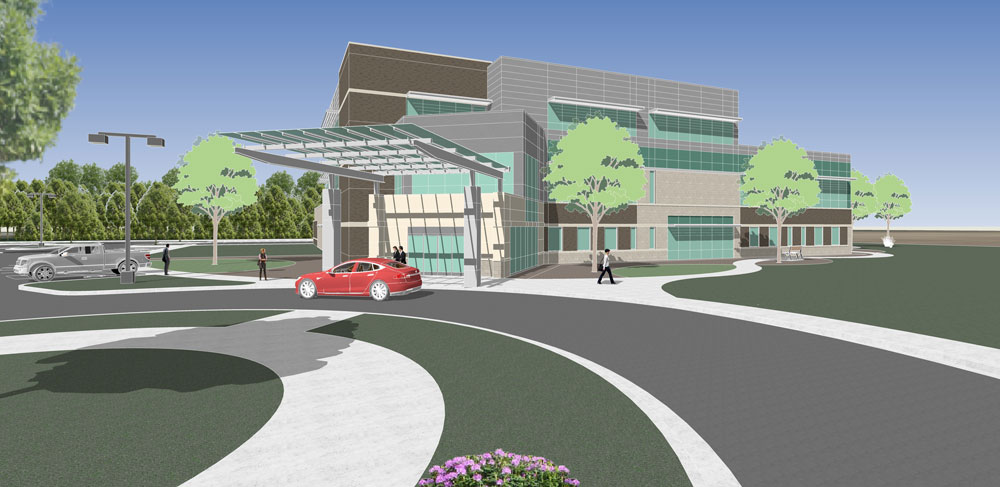
When physicians found a small lesion on the lungs of 58-year-old Walter Horton a few years ago, the small size and difficult-to-reach location warranted a “watch it and wait” course of action. They decided to hold off performing a biopsy. Not all lesions are cancerous and at the time, technologies were invasive and carried their own set of risks.
“As a long-time smoker, Mr. Horton worried about the presence of the nodule,” says Gaurav Kumar, MD, pulmonologist. “But it was located at the periphery of his lungs – out of reach of a traditional bronchoscopy. And needle biopsy and surgery are considered very invasive options for a lesion of that size and location.”
Today, thanks to new minimally-invasive technologies available at St. Mary Medical Center, patients waiting to hear whether or not they have cancerous lesions will have answers sooner and without surgery. New electromagnetic navigation technology, called SPiN Drive®, safely guides surgeons and pulmonologists through the airways to reach and examine lesions that are deep in the lungs.
Until now, when a lesion was found in the lung through screening, surgeons only had one of three means of obtaining a biopsy: bronchoscopy, needle biopsy through the chest or surgery.
SPiN Drive technology is a state-of-the-art system that uses electromagnetic navigation, similar to a vehicle’s onboard GPS system. The SPiN Drive works with a CT image of the patient’s lung to automatically create a route or road map for the pulmonologist through the lung’s natural airways that lead to the lesion. With special instrumentation that shows the lungs in real-time (and automatically compensates for breathing), the surgeon is better able to biopsy hard-to-reach lesions and place markers for planned treatment, if necessary, at the same time.
After performing the procedure, Horton’s lesion was found to be non-cancerous and he could finally alleviate the anxiety he felt all those years.
Find out more about Lung Cancer Care and treatment at the hospitals of Community Healthcare System.


